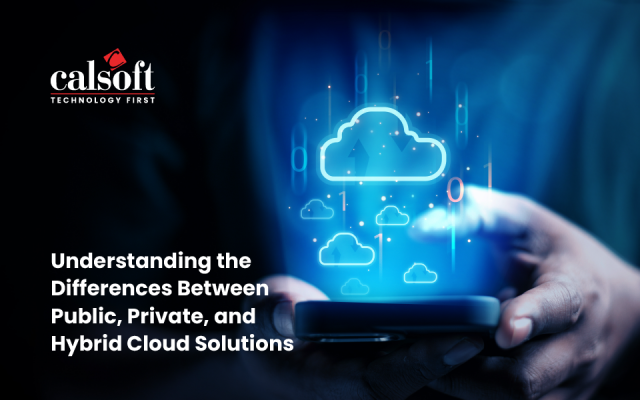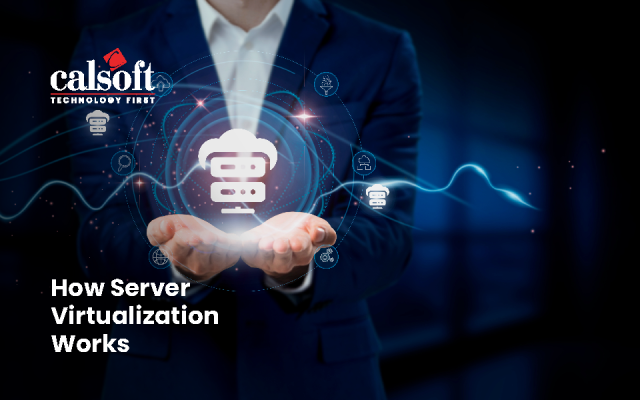Looking back at older computers, do you remember those bulky machines that took hours to process data? Now, we process the same amount of data in split seconds on our compact devices. Over the last few decades, devices have grown smaller, and their processing capacity has grown exponentially. Several technical facts have also been learned and unlearned in this phase, such as how data warehouses used to be the best for computing speed, but now cloud technology has taken over.
Inspirational use cases such as Spotify, Netflix, and similar SaaS-led companies depend entirely on cloud computing for their businesses. But cloud computing also has its own limitations. Latency is a big complication with cloud computing, as the distance between the users and cloud servers varies. Data volume and sharing are set to increase further as use-cases proliferate. Efficient data processing and cost reduction by optimizing the data storage footprint become factors to consider. At the same time, there is explosive growth in the computing power of IoT devices. The adoption of 5G networks is also extending the boundaries of the enterprise network with wider bandwidths and lower latency.
This is leading to the emergence of an edge ecosystem that can open up more opportunities for greater computational power.
Edge Computing
To deliver lower latency and better leverage bandwidth availability, edge networking strives to create a distributed computing paradigm so that the data storage and processing units are as close to the requesting device as possible.
Edge computing is a distributed architecture where the computation is physically moved away from data centers or cloud storage to the edge of the network where the data is generated or where it is utilized. This reduces the workload on data centers to increase the response time.
When we refer to the term ‘edge of the network’, we mean any network edge that is geographically close to the computing device. The edge can be multiplexers, integrated across devices (IADs), routing switches, ISPs, routers, and more.
With the help of decentralized IT architecture, companies can achieve lower latency, lesser cloud server utilization, and reduced bandwidth demands, while potentially enhancing their data security and responsiveness. Trends such as IoT and 5G are also driving this shift by enabling organizations with the required resources to implement edge computing. Serverless infrastructure and containers have made edge computing further accessible.
Edge Networking
Organizations are drawn towards edge networking as companies and end-users are getting more dynamic in their connectivity and geographic locations. As previously mentioned, edge computing focuses on moving the computing and processing units closer to the users, but edge networking also includes all the aspects of connectivity. From network traffic to routing data, edge networking aims at optimizing every aspect of the ecosystem that enables the distributed footprints.
A key factor behind the popularity of edge networking is the successful distribution of application workloads. This allows the applications to be more responsive and resilient, while the organizations rely less on their individual data centers and cloud providers. The application workload is balanced according to the conditions and resources in real-time.
Edge Data Management
Data management continues to be a major concern for companies, as data gravity and mobility are pressing challenges. It is crucial to optimize data mobility, especially for companies with heavy database infrastructure. IT professionals struggle with moving certain relevant parts of the database to the required locations at a given point to minimize latency, but data is not continuously in transit. Edge data management suggests determining a minimum collective of places where the dataset can live so that there is maximized performance without increasing data overhead across a global footprint.
To enhance the scalability of innovation with edge computing, networking, and data management, organizations are innovating endlessly.
The Key To Great Success — Edge Components Integration
Edge computing infrastructure is built with different edge blocks including new trends such as push services, increasing demand for online services, distributed workforce, and more.
Edge computing primarily caters to the distribution of computing workloads, while edge networking connects a user with the right data at the right time to enhance reliability, performance, and security. Edge data management successfully solves the concerns with the management of massive data sets across widely distributed footprints. With the accurate integration of edge computing, edge networking, and edge data management, companies can scale greatly and enjoy various benefits. The most important advantage is improvement in latency and instantaneous response to performance fluctuations.
The integration of edge technologies is becoming vital for multiple industries, as the use cases belong to varied niches. OTT content providers like Netflix and Amazon Prime or collaboration technology companies like Dropbox have already adopted the edge networking infrastructure by combining edge computing and data management strategies. The medical industry can also make brilliant use of edge infrastructure, as the low latency can give excellent results with medical diagnostic tools and offer faster treatments. Edge use-cases are emerging every day in the manufacturing sector as well as in industries with distributed workforces or significant on-field operations.
Different industries can utilize this innovation to try out the best use cases for their business. From foundational services to help the IT teams create edge-enabled applications, there is a lot to experiment with. As these edge technologies multiply, companies can mutually benefit from them and unleash the strengths of high-performing, reliable, and secure applications.
Edging Into The Future
As we can see a rise in edge computing with the proliferation of IoT and 5G integration, it is the best time to start edging into the future. The edge computing system now has proven state-of-the-art technology to build future-proof computing infrastructure. At Calsoft, we offer solutions that help edge solution providers – as well as end-user organizations- adopt cutting-edge solutions that drive operational impact.







